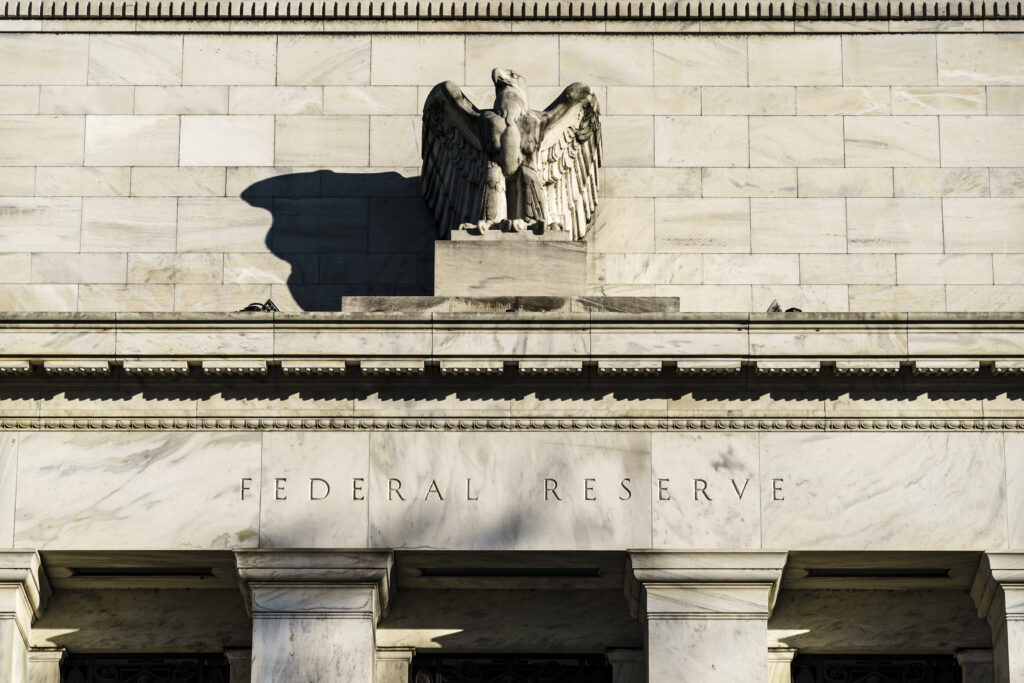How Can One Understand the Federal Reserve’s Nearly $200 Billion in Losses?
These losses have been racked month by month — every month — since 2022.

Can you understand how it can be that the Federal Reserve, the world’s greatest and by far most important central bank, has now lost the astounding sum of $193 billion? If not, one is surely not alone. Since September 2022, the Fed has lost money every month. These unprecedented losses continue, and this fall they will in the aggregate pass $200 billion.
The Fed has a powerful mystique, which it works hard at cultivating. It intensely wants to be credible — that is, for you to believe in it (“credo” in Latin means I believe), and perhaps you do. The people’s belief is an important source of the Fed’s power, and its power is a key source of the government’s power.
We can accurately say that the Fed prints power by printing money. The Fed does not want little things like $200 billion in losses to shake your belief — like the Wizard of Oz, it exclaims, “Pay no attention to that man,” or those losses, “behind the curtain.” It puts its losses behind an accounting curtain that pretends that losses are an asset.
These operating losses are not, as is sometimes mistakenly said, mere “paper” losses. They are real, cash losses. The Fed is suffering negative net interest income because its cost of funds is much greater than the income on its investments. The $193 billion in operating losses exceeds the Fed’s $43 billion in total capital by more than four times.

Thus at present, it has no earnings, no retained earnings, and no capital. In addition to that, it had a mark to market loss of over $1 trillion as of its June 30 financial statements. How can this be? How can the bank with the hugely profitable monopoly of issuing the world’s dominant reserve currency, be losing a fortune?
To understand the Fed, or any central bank, you have to divide it analytically into two different parts, and account for the functions and the profits of the two parts separately. The Fed does not do this, although the logic is classic and was already required for the Bank of England by the Bank Charter Act of 1844, also called “Peel’s Bank Act,” after Sir Robert Peel, the Prime Minister who promoted it.
The Bank of England was divided by Peel’s Act into an Issue Department and a Banking Department. The idea at the time was to tie the paper currency firmly to gold. That has disappeared in both theory and practice, but the Bank of England still keeps its books according to this fundamental division of functions. So should the Fed.
The Issue Function of the Fed exploits its government-granted monopoly of issuing the American currency. Its liabilities are the $2.3 trillion in currency outstanding, the paper dollars held not only in America, but all over the world. From a profitability point of view, these are wonderful liabilities for the central bank.

The currency is a non-interest bearing, perpetual, non-redeemable source of funds. The Issue Function’s assets are the $2.3 trillion in investments financed by the currency issued. These investments are typically government bonds.
Why is issuing currency so profitable? If, in 2023, the Issue Function of the Fed had used its $2.3 trillion simply to buy Treasury bills, it would have received about a 5 percent yield. The result would have been interest expense of zero and interest income of $115 billion.
If operating expenses were $1 billion (a guess), the net profit would have been $114 billion. It looks like the Issue Function unwisely, or perhaps foolishly, invested its funds in long-term bonds at 2 percent, at the bottom of interest rates. Even so, it still had a profit of $45 billion in 2023.
The Federal Reserve as a whole lost $114 billion in 2023, the profits of the Issue Function notwithstanding. That means that the Banking Function — i.e. the rest of the Fed, with its QE investments, mortgage securities, deposits, loans, expenses, and a lot of risk — actually lost the $114 billion plus the entire $45 billion profit from the Issue Function’s currency monopoly. Thus the Fed’s Banking Function for 2023 lost $159 billion — and that’s only for one year.
For the two years ending this September 30, I estimate the Fed’s Banking Function will have lost about $290 billion. Quite a number, and the losses continue. If the Fed were to adopt the two-department approach, it would help the Congress and the public understand what it is doing, with a hat tip to Sir Robert Peel.

